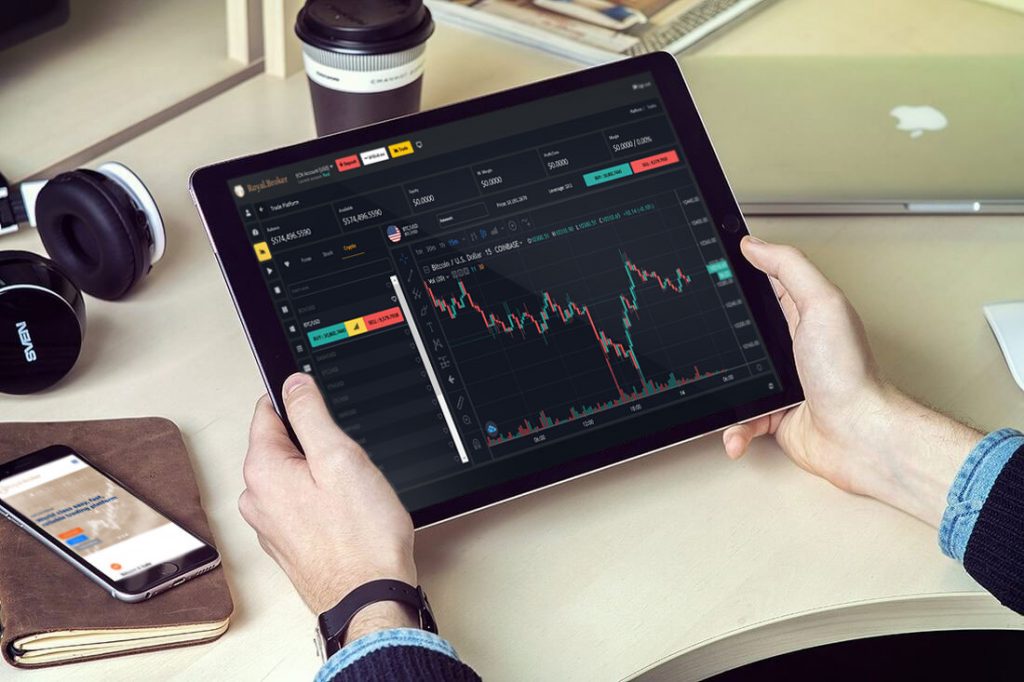An Introduction To CFD Trading (Part 1)
Here’s a really simple yet useful tutorial on CFD trading that will get you up and running very quickly if you’re new to CFD trading.
By the time you finish this article, you’ll know how CFDs work, what makes them highly profitable, and understand the costs involved in CFD trading.
CFD stands for Contracts For Difference, which is a derivative product, where you profit from changes in the prices of stocks and shares.
For example, if you buy a CFD on a stock that’s $5.00 and the price rises to $5.50, then you profit from that change in price. So if you bought 1000 CFDs, then your profit is $500. That is, the value of the CFDs mirror the underlying stock prices, and you can profit on this movement.
The reasons why CFDs are a very popular trading product, and understandably so, are:
1. CFDs are traded on leverage, and this leverage is typically 10 to 1, with some CFD brokers providing 20 to 1 leverage. This means that a trader with a small float can make decent profits from trading the stock market by using CFDs. For example, you may have a stock trading system that makes a 30% return per annum. On a $5000 float, this is $1500 profit in one year. With CFDs, because of the leverage, the same system can now produce a 300% return, which is $15 000 profit in one year.

2. You can just as easily short sell CFDs as well, and therefore profit from falling markets. This greatly increases the profitability of a trading system because trading opportunities increase dramatically, and the fact that you can profit from both bull and bear markets.
3. The costs in CFD trading are relatively low when compared to stocks. This is especially so, since for a similar and often smaller cost per trade, you can gain 10 or greater times the results from a trade due to the leverage available. The 2 main costs in CFD trading are interest and leverage. We’ll come to these in a moment.
4. You can set automatic stop losses. This means that it will take you less time to trade, remove the emotion from exiting a trade when you should, and allow you to exit as the stop is hit, not a day later. You therefore avoid the slippage due to getting out of a trade later than when you intended.
5. You can place all your orders in the evenings. With many CFD providers, you can place orders to enter a position the night before. For people who are working, this is a great advantage as they can do all their trading (place their orders to enter and their stop losses) in the evenings, and not need to be at the computer screen or call their broker during the day. Also, if they have any stop losses that need adjusting, they can do so in the evenings as well. Their trading routine with a mechanical system can be about 10-15 minutes per day.
So these are the advantages of CFDs that have made trading accessible to so many people because they provide large returns for a modest float, and can also be traded once a day as well.
Now, we mentioned that there are 2 main costs in CFD trading. Let’s have a closer look now at each of them:
1. Commission. With some CFD providers, there is in fact no commission. This also greatly increases the profitability of your CFD trading systems, as well as the fact that you can benefit hugely from the leverage. With other CFD providers, there may be a commission of say 0.15% of the trade size or $15, whichever is greater, each way. These costs are similar or less than the commission associated with stock trading, especially when you consider that the multiplied profits that the leverage gives you.
2. With CFDs, there’s interest charged for long positions that are held overnight. For short positions, the interest is paid to you. The amount of interest charged is usually a reference rate plus approximately 2%, and the interest paid is usually the same reference rate minus approximately 2%. And the reference rate is usually a major bank’s overnight interest rate.
For example, the interest rate charged for overnight held long positions may be 7.5% or 0.075 per annum. To calculate how much this is for a trade, we need to make it “pro rata”. That is, we’d need to divide the 0.075 by 365, multiply it buy the number of days in trade, then multiply it by the trade size. For example, for a trade size of $10 000, held for 14 days, the interest cost is about $28. Not a huge cost. For a short trade, the interest is paid to you, so will offset the cost rather than contribute to it.
So there you have it.
You now understand the benefits of trading CFDs and why they’re a trading instrument that allows people with a modest float to make very decent returns, as well as understand the costs involved with trading CFDs.
To learn more about CFD trading, watch out for part 2 of this article.
If you’d like to learn more now about CFD trading, go to this page with a comprehensive tutorial on CFD trading
